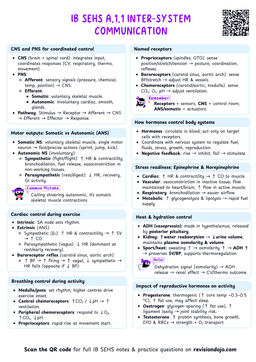Consciousness Emerges from the Collective Activity of Neural Networks
- Consciousness is one of the most profound emergent properties of the brain.
- It arises from the complex and dynamic interactions of billions of individual neurons working together in intricate networks.
- While no single neuron or small group of neurons can generate consciousness alone, their collective activity produces this higher-level property that we associate with awareness, thought, and perception.
- Imagine walking through a forest.
- You hear birds chirping, feel the crunch of leaves underfoot, and smell the fresh air.
- All these sensations blend into a single experience: consciousness.
Consciousness
Consciousness refers to the state of being aware of and able to think about one's own existence, thoughts, and surroundings.
What Are Emergent Properties?
- These are properties or behaviors that arise from the interaction of individual components in a system.
- While each individual component may not exhibit the property on its own, when combined, the interaction leads to new characteristics that are not present in the individual parts.
- Imagine a group of people voting on a decision.
- Each person’s vote contributes to the final outcome, just as each synaptic signal influences whether a neuron fires.
Consciousness as an Emergent Property
- In the case of consciousness, individual neurons and their interactions do not individually possess the ability to think, perceive, or be self-aware.
- However, when millions of neurons interact through complex networks and processes, consciousness emerges as a result.
- This means that consciousness is not the result of a single neuron or a simple interaction, but rather the collective activity of neurons working together in the brain.


